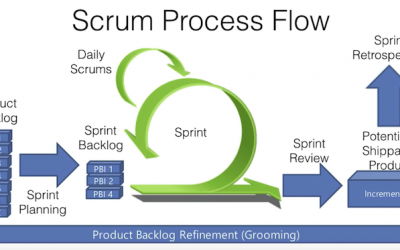There are too many project management templates and other documents, checklists, spreadsheets that can be included in the project information management system.
And many informal documents will be created by project team members to record information or to make it easier for them keep track of progress or to explain the situation.
But remember the project management fundamentals and the KISS principle: “Keep it Sublimely Simple” and keep the formal project management template document set to the minimum.
Project Management Templates
So the five must-have project management templates are:
Project Assignment
The Project Assignment formally recognises the existence of a project and gives the project manager authority to spend money.
The project assignment defines project’s core objectives, defines roles, responsibilities, and milestones.
It outlines the project’s scope, detailing the tasks and deliverables.
The Project Assignment document acts as a roadmap, ensuring that every stakeholder understands their unique contributions, deadlines, and the collective vision. It serves as a dynamic tool for communication, mitigating potential misunderstandings and promoting collaboration.
A well written Project Assignment document stands as a vital reference point, shaping the trajectory of success for the entire project.
Project Plan
This is the document that pulls together the outputs from all your planning sessions.
The Project Plan document document outlines project goals, timelines, resource allocations, and milestones, providing a strategic overview that aligns every stakeholder with the project’s overarching vision.
The Project Plan serves as a guiding beacon, from initiation to completion, enabling effective decision-making, risk mitigation, and resource optimisation.
It not only establishes a clear framework for tasks and dependencies but also serves as a dynamic tool for project managers to adapt to evolving circumstances. As a living document, the Project Plan evolves alongside the project, fostering adaptability and ensuring that teams stay on course to deliver successful outcomes.
Whether you’re steering the project or contributing to its execution, the Project Plan is the essential document that keeps everyone on track toward project triumph.
Risk List
Is the tool for identifying, analysing and mitigating the risks that will impact the successful completion of a project.
The Risk List document is a strategic shield for project teams, meticulously cataloging potential hurdles that may threaten the project’s success.
It serves as a proactive tool for risk management, identifying, assessing, and prioritising potential challenges that could impact timelines, resources, or outcomes.
This document is a dynamic catalog where risks are not merely listed but thoroughly analysed, including their potential impact and likelihood.
Each entry on the Risk List is accompanied by mitigation strategies, ensuring that the team is well-prepared to navigate uncertainties. The Risk List is not a static record but a living document that evolves alongside the project, requiring constant monitoring and updates.
Whether you’re a project manager seeking to fortify project resilience or a project team member vigilant about potential roadblocks, the Risk List is an indispensable asset, providing foresight and preparation for a successful project journey.
Change Register
A simple change register and control form is all that is really needed. Watch out for the lecture on change management
The Change Register document serves as the guardian of project adaptability, meticulously documenting modifications to the project’s scope, requirements, or objectives.
It is a dynamic record that captures the who, what, why and impacts to budget and timelines of every change, providing a transparent and accountable view of project evolution.
This document acts as a vital communication tool, ensuring that all team members and stakeholders are aware of alterations and their rationales.
The Change Register is a strategic instrument tool assessing the impact of changes on timelines, resources, and overall project goals.
Project Status Report
And the fifth critical document is the project status report
Once the project is rolling you will need to report the status to your stakeholders.
The Project Status Report condenses complex project data into a concise, accessible format, offering stakeholders a clear understanding of where the project stands in terms of timelines, milestones, and potential challenges.
It includes key performance indicators, accomplishments, and upcoming milestones, fostering transparency and informed decision-making.
The Project Status Report is more than a progress update; it’s a communication tool that aligns team members, stakeholders, and steering team with the project’s current status and forecast to completion.
Whether used for internal team briefings or external stakeholder meetings, this document is a crucial element for facilitating collaboration, managing expectations, and making sure everyone is on the same page as the project rolls out.




